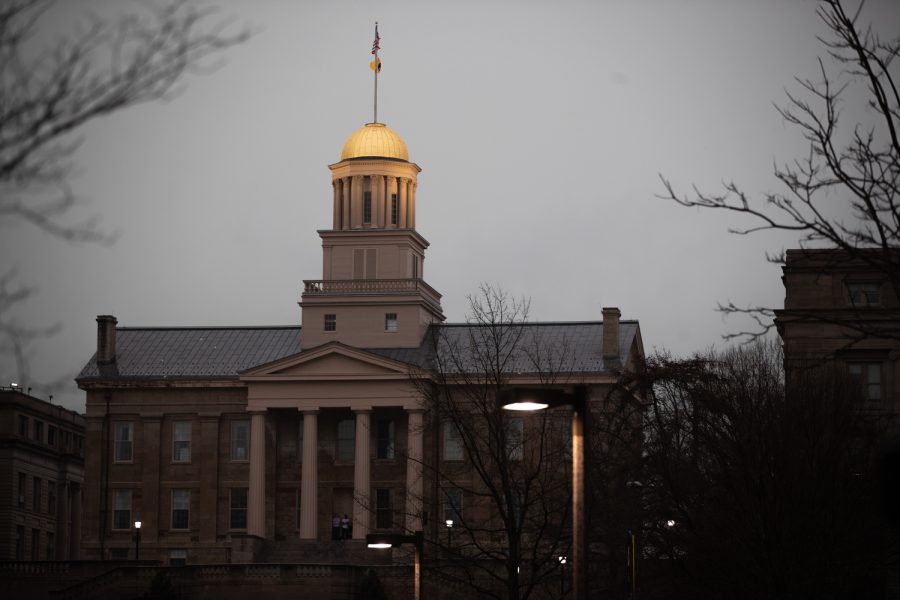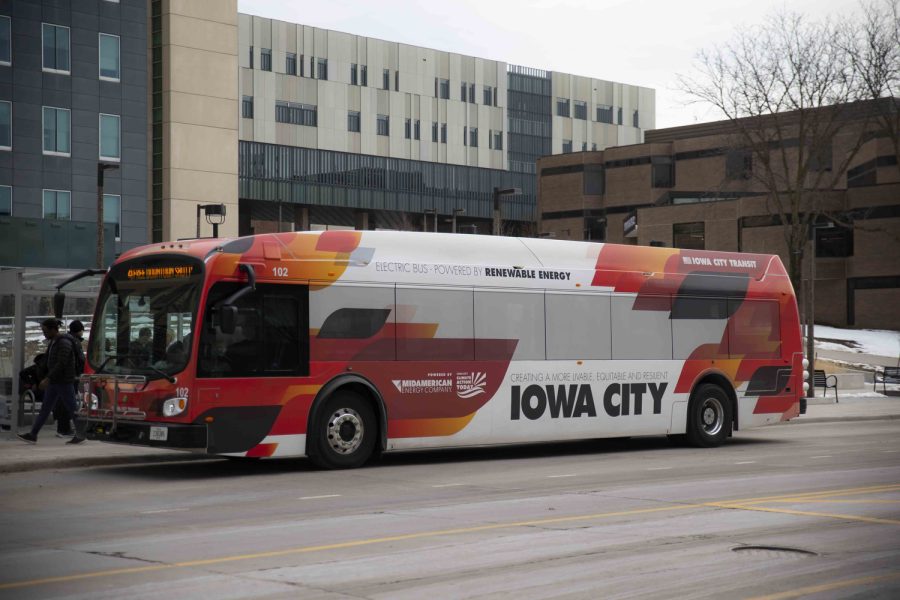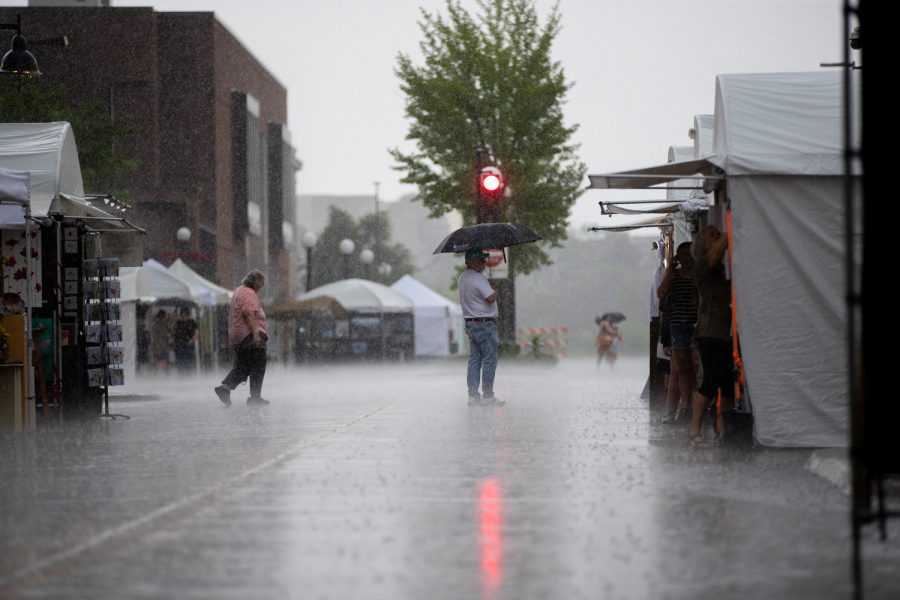Officials remain concerned about Johnson County’s infrastructure funding.
At the Board of Supervisors informal meeting Tuesday evening, officials from the Johnson County Secondary Roads Department presented a five-year plan for road construction and maintenance.
The plan looked at current revenue productions, as well as road and bridge projects the county has already planned.
A December 2011 report by the Iowa Department of Transportation found a statewide shortfall of $215 million in funding for severely deficient road structures, highways, and farm-to-market roads.
“[The state is] looking after [its] own interests, but [it] haven’t really addressed ours, or at least not very much of it,” Bartels said. “If you include non-critical roads, which I like to think of as being fairly crucial to people who live here, work here, or go to school here, that would be about $1.6 billion for the state of Iowa …”
The county’s portion of the $1.6 billion shortfall is $16 million a year for all roads. However, for severely deficient road structures, highways, and farm-to-market roads, the county only has a $2.6 million shortfall, which is covered by bond money.
Bonds are repaid with property-tax revenue, which makes Supervisor Janelle Rettig uneasy.
“So, when we’ve been doing bonding, we’ve been hitting this critical shortfall, except for the upcoming year, and when we get to why we’re doing that, it looks worse than it is,” she said. “Some projects are carried over to this year, so we’ll still be doing a lot. But when we’ve used the bonding, we could do that forever. We would be hitting our critical shortfall, but that means the entire burden of that is going on property taxpayers as opposed to users [of roads].”
The county also receives $450,000 from the federal government, but that could disappear later this year if Congress does not provide an additional influx of funds. Several future projects depend on federal money.
“If that federal funding evaporates here in October, those projects are in jeopardy,” Bartels said. “They probably aren’t going to happen.”
County road construction and maintenance funding is further affected by a rise in construction costs over the past decade, the recent weather, and a wave of structures requiring modernization.
Supervisor Rod Sullivan said Johnson County is doing better than other counties in the state in road funding. He said many counties cannot use bonds and are unable to repair deficient structures.
“I understand you’re painting a kind of a doom and gloom scenario, and it’s very real,” Sullivan said. “But it also might be worth mentioning … we’re actually way ahead a lot of the more rural counties.”
Bartels said the department has been encouraging the state to shift the burden counties face directly to the state. One method would be raising the tax on the sale of gasoline.
“All I know is that we do need more infrastructure funding and support at the state level anyway we can get it,” Bartels said. “The gas tax is probably the most expeditious and realistic one, and it is the only one that actually captures people who are actually driving through, but there’s other ways to do that as well. I just hope somebody figures that out.”






